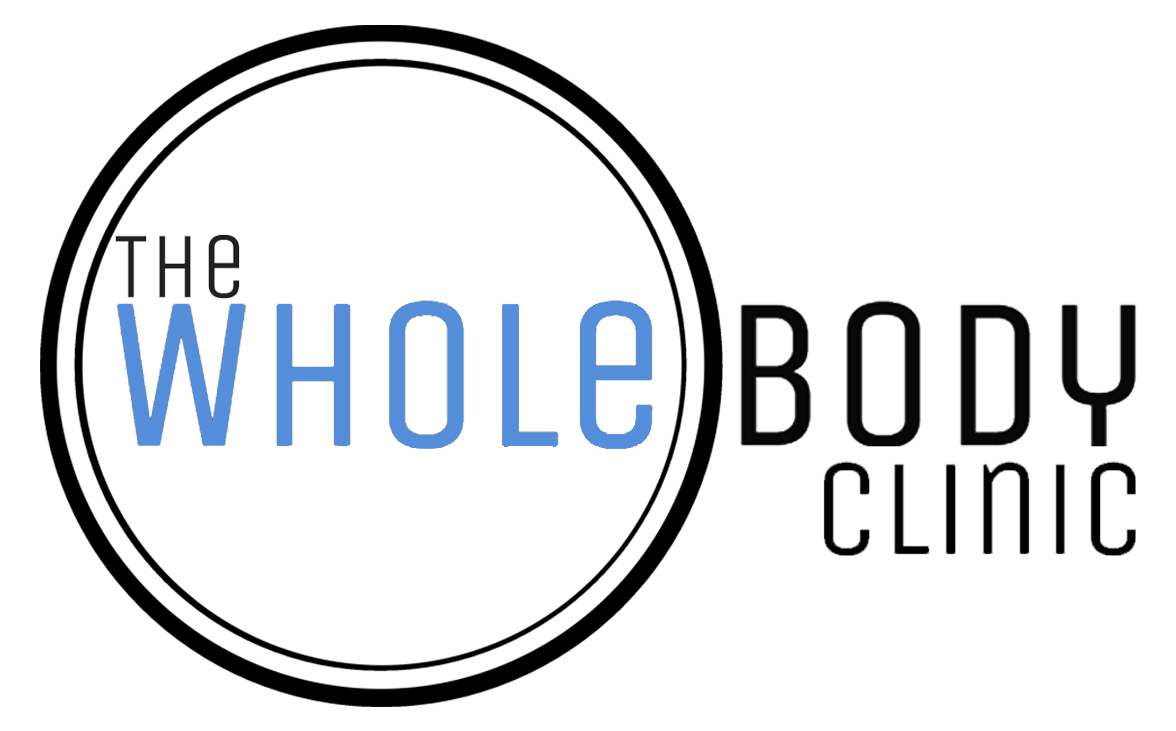What Is Involved In A Physio Session?

Physiotherapy is far from a one-size-fits-all approach to reducing pain and improving mobility. As physiotherapy is centred around an individual’s unique body, the exercises and therapies used in your physio session will likely differ from other peoples’, even if they have the same diagnosis as you.
While the exercises and techniques used in physiotherapy are varied, some aspects of every physio session will remain the same. But if every physio session is different, how can this be?
This article looks into what is involved in a physio session, from your initial assessment through to short-term or long-term treatment. For personalised advice, contact our team at Whole Body Clinic today.
Before Your First Physio Session
After making your first physiotherapy appointment, it’s natural to wonder how it will play out. Some common questions are:
Do I need a referral?
You don’t need a referral to visit a physiotherapist. However, when you make your initial appointment (either online or by phone), you may be asked some general questions such as the area you would like to work on and what you may have tried in the past.
What should I wear?
Try to wear something that allows the body part you want to focus on to be easily accessed by your physio, such as shorts for a knee injury or a singlet for a shoulder injury. If the weather doesn’t allow it, or if you’re uncomfortable wearing such clothing in public, feel free to bring them along in a bag and get changed before you start your session.
If your pain is associated with the way you walk, run, or stand, it may also be helpful to wear or bring in the shoes you regularly wear. This way, your physio can see if they may be contributing to the pain.
What should I bring?
If you have any scans such as X-rays, CT scans, or MRI scans that relate to your condition or injury, try to bring these in with you. If your doctor has referred you to a physiotherapist they may have already sent through such scans with your paperwork, but being overprepared is always better than being underprepared.
When should I arrive?
For your first appointment, try to arrive approximately 10 minutes prior to your physio session start time to fill in any necessary paperwork.
During Your First Physio Session
After filling in paperwork and relaxing in the waiting room, it’s time for your first physio session. This will generally look like:
Initial conversation
Your physiotherapist should get a general overview of what has brought you to the physio session. They may ask where your main area of concern is, what may have possibly caused the pain or discomfort and if you’ve tried any other forms of therapy in the past. They may also ask you about any medications you may be taking, what you do in your free time, and what you do for work. These questions are all related to the reason why you’re there, even if they sometimes don’t seem like it!
Physical examination
After getting to know you, your physiotherapist should perform a physical examination of the area of concern. This may include physical tests such as testing your range of motion, strength, flexibility, or posture. This aims to test the different muscles, ligaments, and tendons to determine which, if any, may be contributing to the problem.
Diagnosis
Following the conversation and physical examination, your physiotherapist will likely have enough information to be able to give you a diagnosis. This usually doesn’t require any additional scans or blood tests, but your physiotherapist will let you know if they feel additional measures may help. They should always explain your diagnosis in simple terms that you can understand.
Treatment plan
If your physiotherapist believes additional scans may be required, these will be written in at the beginning of your treatment plan. The rest of your treatment plan (or the entirety of your treatment plan) should consist of a number of different therapies your physiotherapist recommends based on your symptoms.
Your Following Physio Sessions
Follow-up physio sessions are centred around physiotherapy treatment, which is usually physical in nature. Many physiotherapists will also offer education regarding your condition and how you may be able to work on it at home, along with advice regarding diet and lifestyle.
Along with education and recommendations, a physio session may include one or more of the following techniques:
· Massage therapy
· Joint mobilisation
· Dry needling
· Stretching
· Exercising
· Ultrasound
· Hydrotherapy
· Taping
· Bracing
The techniques used will largely depend on your specific circumstances, as there is no one tried and tested method for each condition or injury.
How Long Does A Physio Session Last?
The length of a physio session will depend on the nature of your condition, its complexity, and your overall treatment plan.
Your initial appointment will likely be longer than those that follow it, as your physiotherapist will need to ask questions and perform assessments in order to get to know you and your body. In most cases, you should allow approximately 45 minutes to an hour for your first physio session, though this may be shorter depending on your needs.
A follow-up physio session will generally last between 30 minutes and an hour, again, depending on your individual circumstances.
Book Your Physio Session Today
Physiotherapy may be beneficial for people of all ages, from all walks of life, with many kinds of conditions and injuries. If you’re interested in trying a physio session, we can’t wait to lend a hand. Our team offers physiotherapy at our clinics in Mount Gravatt, Browns Plains, and Park Ridge, so there’s bound to be a clinic near you. To book a physio session, get in touch with us today.
